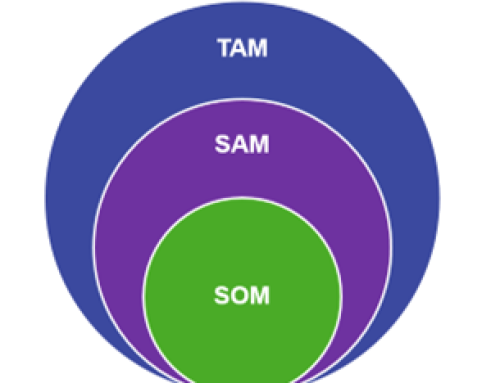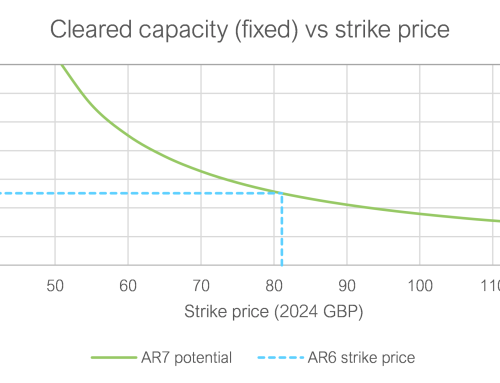On September 18, a joint letter from the Canadian and Nova Scotia Governments to the Canada-Nova Scotia Offshore Energy Regulator outlined the strategic direction for the forthcoming offshore wind leasing round off the coast of Nova Scotia.
The first thing an industry observer would be looking for in such a document would be evidence of examining best practice from more mature markets. It is good news that the Canadian and Nova Scotia Governments seem to have done just that in identifying the criteria for awarding ‘submerged land licences’.
The letter lists the following bid criteria:
- Technical expertise and project delivery capacity
- Financial strength and project delivery readiness
- Engagement and community benefits
- Local content
- Environmental sustainability and coexistence
Crucially, price is not a criterion but there is a modest cost for bidding and for issuing the licence. Too many governments have seen sea bed auctions as means of extracting money from industry. For Nova Scotia, the process has been designed to secure quality and commitment, which is exactly the right approach for a new market.
One key criteria is local content and the Governments need to tread a fine line. It is perfectly reasonable to seek to maximise the economic returns from large infrastructure projects – but asking too much will raise the risk profile of projects. Globally, we have seen too many failed offshore wind auctions recently because governments haven’t made the risks sufficiently attractive. While grid is the biggest source of risk to Nova Scotia offshore wind, it’s crucial to get local content incentive right.
There are three main options to incentive local content in the award process:
- Include it as a scoring criterion
- Include it as a non-scoring criterion
- Set a minimum level as a qualifying criterion
One important factor is the maturity of the industry and the very early stage for projects; at the moment, developers bidding for sea bed licences cannot predict with any certainty what levels of local content can be achieved. Another factor is the penalty for non-delivery.
For option 1, bidders will probably play very safe, especially if the penalties are high.
For option 2, bidders will probably promise the earth and leave it to others in a few years’ time to admit they can’t deliver.
For option 3, the minimum standard can be set though inputs (actions that the developer is obliged to take) or outputs (levels of local content), or both.
For Nova Scotia, I would recommend option 3 with required actions and levels of local content. Actions can cover meet-the-buyer events, local procurement portals and other business engagement activities. For levels of local content, I would recommend defining certain activities that need to be done locally, rather than a financial value or percentage spent. These could include a local project office, the use of local construction and operations ports and local labour on vessels, but need to avoid unrealistic targets, for example, local large-scale manufacturing. A lot of thought needs to go into how these activities are defined but the benefit of this approach is that the successful developer knows exactly what is required of them and start work at an early stage to make sure they happen.






